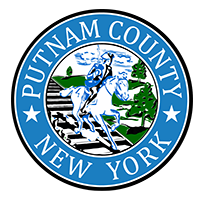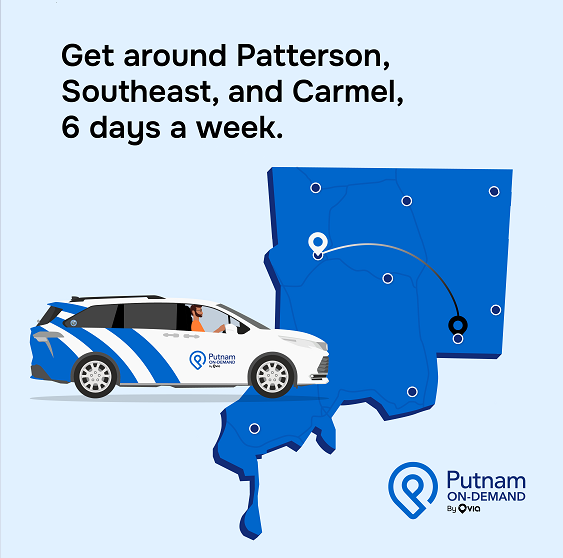Sales Tax Survey

SALES TAX SURVEY
Putnam County
A county sales tax is a common surcharge on retail sales that is collected from residents and non-residents who make purchases in Putnam County. Putnam County's is currently set at 8 3/8%, which includes the state share of the sales tax (4%), the current county share (4%), and an added MTA tax (3/8). Putnam County does not distribute its sales-tax revenue directly to its towns and villages, and instead has traditionally used this revenue to rely less on property taxes.
Putnam County’s sales-tax rate is the exact same sales tax paid by Westchester and Rockland county residents and just slightly higher (8 1/8%) than Dutchess and Orange county consumers. Westchester, Dutchess, and Orange directly distribute a portion of their sales tax to local governments while Rockland County does not.
Putnam County also does not charge sales taxes on clothing and footwear purchases under $110. This year-round exemption also applies to purchases made online. Likewise, clothing and footwear purchases under $110 are exempt year-round from sales taxes in Dutchess County, but in Orange, Rockland, and Westchester counties, as well as Connecticut, they are not.
Putnam County property taxes are paid directly by Putnam County property owners who own property and renters who indirectly pay through rent. The current rate of $2.7/ $1,000 of assessed value is the lowest rate in 18 years but is still marginally higher than Orange and Dutchess counties.
For the next Putnam County Budget Proposal, County Executive Kevin Byrne is looking to once again make some historic tax cuts. The purpose of this survey is to gain input from the community as to what would be most advantageous for you, the taxpayer. Please answer the following short survey to give your direct input on this important matter.
- Created on .
- Last updated on .
- Hits: 5464











